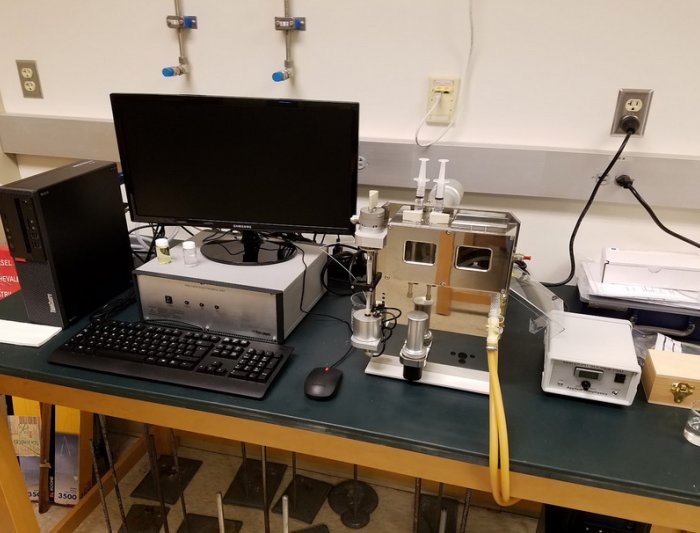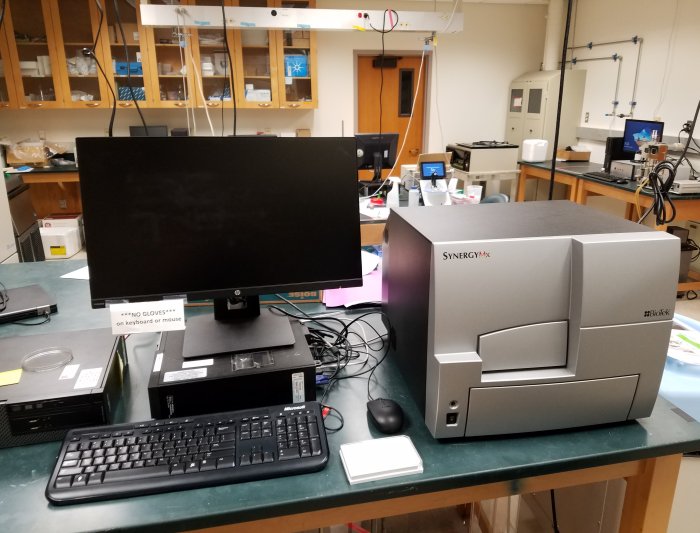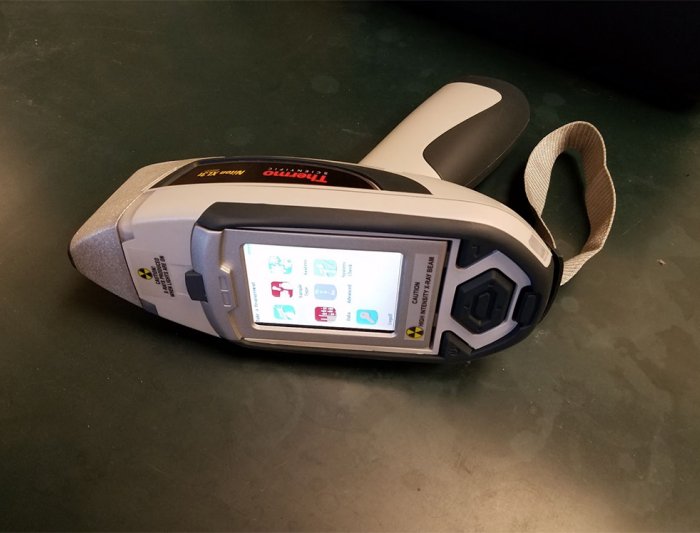Facilities and Instrumentation
We invite you to take advantage of our excellent industry-current facility, offering a safe, friendly, and collaborative environment for students and faculty.
Brousseau Hall is a modern science facility housing the Biology and Chemistry Departments. The Chemistry Department includes research labs and 4 large teaching labs, all of which are designed for maximum safety and enhanced student experience. Lab enrollments are capped at 16, and each lab has individual student work areas and plenty of fume hood space.
Facilities, Equipment, and Other Resources
The Saint Mary’s College Chemistry Department is housed in Brousseau Hall, which opened in 2000. The laboratories have numerous fume hoods (two are walk-in hoods for preparatory chromatography) to safely prepare various organic and inorganic compounds and derivatives for chemical analyses. The laboratory has typical synthetic equipment (e.g. vacuum pumps, rotary evaporators, melting point apparatus, etc.).
For chemical analysis, the Department has a robust collection of instrumentation. For organic chemical product characterization, there are two FT-IRs, a Bruker multi-nuclear high field NMR (1H at 400 MHz), two Agilent 8453 UV-Vis diode array spectrometers, and a Perkin-Elmer LS50B scanning fluorimeter. For inorganic chemical analysis, an Agilent MP-AES (Atomic Emission Spectrometer) is present and acidic digestion are efficiently performed with a CEM microwave digestion system. Additional element analysis are performed on the Department's XRF instruments, an EDAX and the Thermo Niton field portable XRF.
For analytical separations, the Department has GC/MS, another GC/FID instrument, one 1100 series Agilent HPLC instrument which has a diode array and fluorescence detectors in series plus 1260 series Agilent HPLC with a PDA. Both HPLCs has autosamplers. The Chemistry Department shares a LC-MS instrument with the Biology Department.
For routine analytical and bioanalytical chemical analyses, there are a few 96 well plate readers with absorbance and fluorescence detection available. A nano-drop spectrometer makes spectral experiments on small volume biological/biochemical samples easily accomplished. For various electrochemical experiments, the Department has four Pine instrumentation potentiostats and various electrodes. A stopped-flow fluorescence instrument facilitates the study of faster chemical kinetics. With respect to thermal measurements, the Department owns two Parr bomb calorimeters and a Malvern isothermal titration calorimeter.
Various instrumentation with selected features are pictured below.
Instrumentation
Absorbance and Fluorescence Plate Readers
|
Molecular Fluorescence: Perkin-Elmer LS-50B
|
Malvern Isothermal Titration Calorimeter (ITC)
|
Differential Scanning Calorimeter (DSC)
|
Parr Bomb Calorimeter
|






















